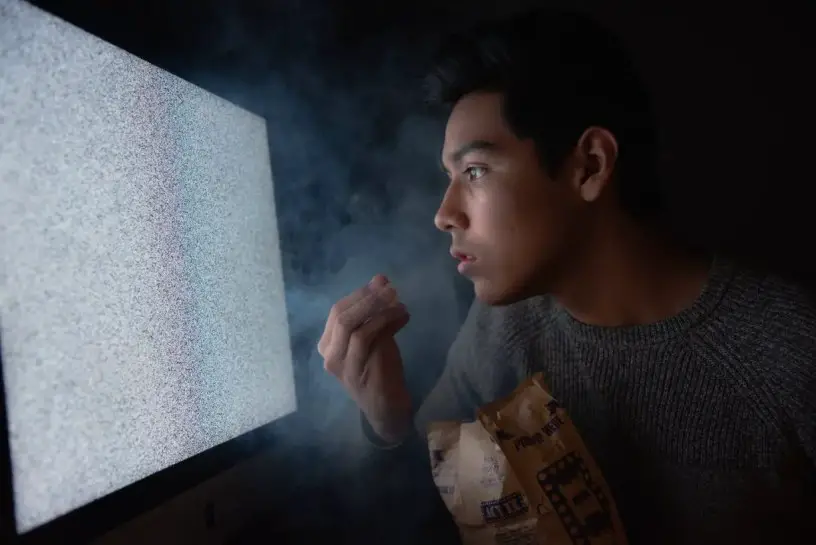
By Phillip Swann
The TV Answer Man –@tvanswerman
TV Answer Man, we have been without our local Fox station in Providence for several months. Do you know why DIRECTV can’t just add the channel? Why are they forced to black it out if the station says to black it out. I don’t understand. Seems to me that the local station would want to be on DIRECTV to reach more people and get advertising. Doesn’t that make sense? — Ellie, Providence, Rhode Island.
Ellie, DIRECTV last October lost 26 local stations due to a carriage dispute with their owner, Mission Broadcasting. The blackout also affects DIRECTV Stream and U-verse.
The stations, which are managed by Nexstar, are in 26 markets including New York. Providence, Rhode Island, Little Rock, Albuquerque, Abilene, Texas, Albany, New York and Erie, Pennsylvania, among others. You can see a complete list here.
Since the dispute began, I have received numerous e-mails from readers who don’t understand how this could happen. In their view, the local stations should be thrilled to get a spot in DIRECTV’s lineup because the satcaster is the second largest pay TV service in the nation, so thrilled in fact that they should pay DIRECTV. But for some reason the readers can’t understand, the local stations are telling DIRECTV that it has to pay them.
How is this possible?
Well, you can thank your representatives in Washington, at least the ones who were in Congress in 1992. That’s when Congress passed the Cable Television Consumer Protection and Competition Act of 1992, commonly known as the Cable Act. The law established that cable and satellite TV operators are mandated to obtain consent from local broadcasters to carry their signals. In exchange, the operators are required to negotiate and pay fees to the broadcasters for retransmitting their content to subscribers.
The law was supposed to ensure that local stations would remain financially healthy and therefore be around indefinitely to provide important news and weather updates to viewers. It has done that, but it has also created a monster.
The local stations, and their corporate parents, have used the law over the years to demand higher and higher fees from the pay TV ops. The cost of carrying local channels has forced cable and satellite operators to raise their monthly subscriber rates so high than millions of customers have cut the cord.
The pay TV business is now in rapid decline and could ultimately be replaced by a hodge podge of streaming services with varying degrees of technical proficiency. Streaming can be a convenient and sometimes less expensive way to watch television, but it’s hard to deny that it doesn’t offer the same picture consistency as cable and satellite, particularly if you don’t have a first-rate Internet service.
However, you can’t blame the local stations for this situation. They are only playing the hand that’s been dealt to them.
If you’re looking for a reason why you can’t watch your local Fox station, look back to 1992.
Have a question about new TV technologies? Send it to The TV Answer Man at swann@tvanswerman.com Please include your first name and hometown in your message.
— Phillip Swann
@tvanswerman


Uh, Ellie, you do know that local telecasters send their signal out into the air for anyone to capture on their TV for free, right?
Thing is it’s not just Fox. For us in Michigan it’s the ABC channels. What pisses people off the most is we signed up for one thing and we are not getting it, BUT we still have to pay for it. Mission, Nextstar, and Direct don’t care about their customers. They are all just greedy!!
What is DIRECTV supposed to do? Absorb the cost entirely? They are ultimately a distributor of all this content at the convenience of one place. They can only control the pricing to a small extent and either take it and pass it on to you, or drop the channel and not increase your bill.
Good article and you are correct. Back in the day, local channel costs were free to providers like DIRECTV. Then they cost about $1 each. Some of these owners are pushing absolute crazy fees now like $7 per month per channel and will grow to more than $10. That’s $10 on your bill every month for one channel. It’s outrageous, especially when you can get those channels off the air with an antenna. As a result, cable and satellite providers are screwed because they have to pass the costs on to the customer.